The 13 Best South American Festivals Every Traveler Should Experience
South America is home to some of the most vibrant and exciting festivals in the world. From colorful parades to cultural celebrations, these festivals offer a unique way to experience the continent’s rich traditions. Whether you are drawn to music, dance, or food, South American festivals provide an unforgettable experience. Each event brings together locals and travelers, creating a lively atmosphere that is hard to find anywhere else. These festivals showcase the passion and energy that define South American culture. Let us explore some of the best festivals that every traveler should experience.
This post may contain affiliate links, which helps keep this content free. Please read our disclosure for more info.
Carnival in Rio de Janeiro (Brazil)
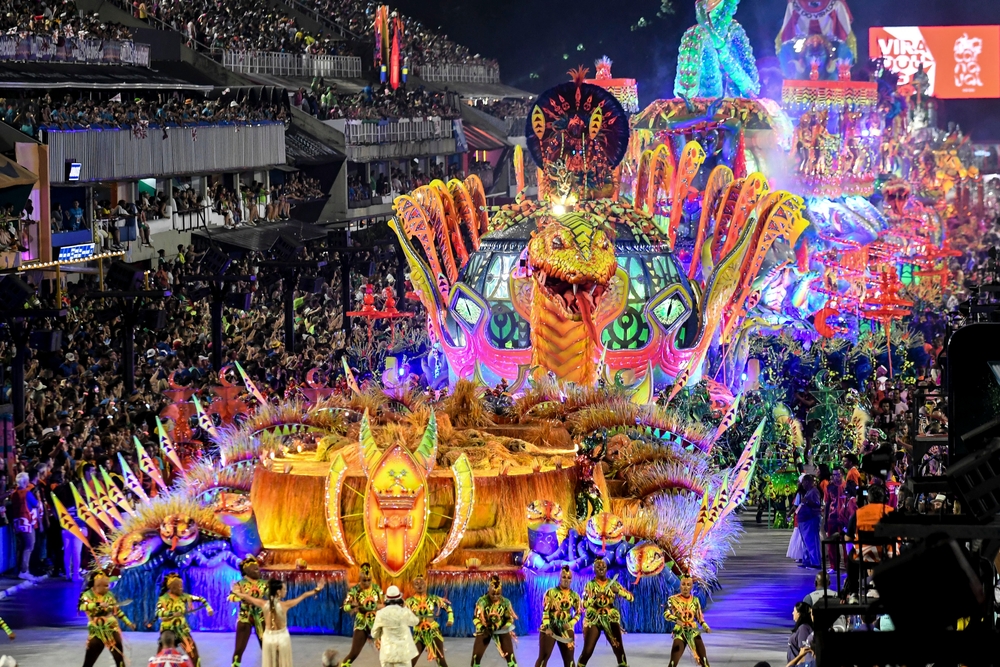
Carnival in Rio de Janeiro has been celebrated since the 18th century, becoming the world’s most famous carnival. It marks the beginning of Lent with large parades, vibrant costumes, and samba music filling the streets. The best part of this festival is the samba parade in the Sambadrome, where samba schools compete with elaborate floats and performances. The energy and color of this event make it a must-see for any traveler looking to experience the heart of Brazilian culture.
Beyond the Sambadrome, street parties known as blocos offer a more laid-back celebration with dancing, music, and fun. The atmosphere is electric as crowds gather in the streets to celebrate together. It is a once-in-a-lifetime experience to witness the fusion of music, dance, and Brazilian traditions. Carnival is a spectacle that highlights Brazil’s cultural pride and unity.
Inti Raymi (Peru)
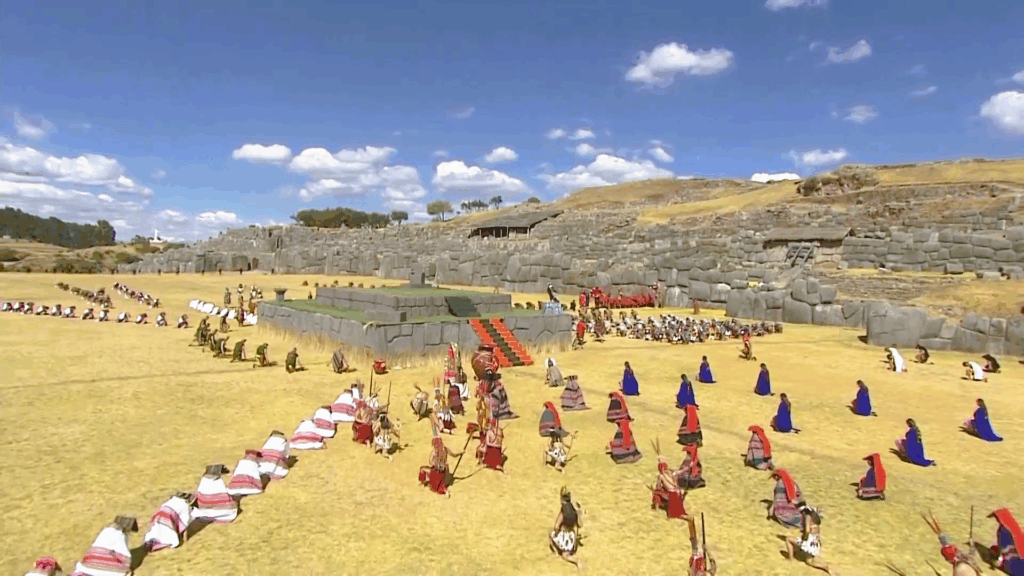
Inti Raymi, the Festival of the Sun, started in the 15th century during the Inca Empire. It is celebrated in June in Cusco to honor Inti, the Sun God, marking the winter solstice. The main event takes place in the Plaza de Armas, where a reenactment of Inca rituals and ceremonies occurs. The grand procession, featuring traditional Inca attire and offerings, is a highlight that captures the deep spiritual connection to nature.
During the festival, visitors can enjoy traditional dances, music, and food that showcase the rich culture of the Andes. The ceremonial offering to the Sun God and the impressive costumes make this celebration stand out. It is an important cultural event that invites travelers to connect with the ancient Incan heritage. Inti Raymi provides a glimpse into the spiritual practices that shaped Peru’s history.
La Fiesta de la Vendimia (Argentina)

La Fiesta de la Vendimia, held every March in Mendoza, celebrates the grape harvest. This festival has roots in the 16th century, growing from a local harvest celebration to an internationally recognized event. The grand parade through the streets of Mendoza is the centerpiece, with flower-covered floats, dancing, and performances. The highlight of the festival is the crowning of the Harvest Queen, a symbolic representation of Mendoza’s rich wine culture.
Beyond the parade, visitors can tour vineyards, taste local wines, and enjoy live music throughout the region. The event showcases Argentina’s wine heritage, with wine tastings being a central activity. The vibrant celebration offers a unique opportunity to experience Argentine culture in the heart of its wine country. La Fiesta de la Vendimia brings together locals and travelers for a festive atmosphere.
Fiestas Patrias (Chile)
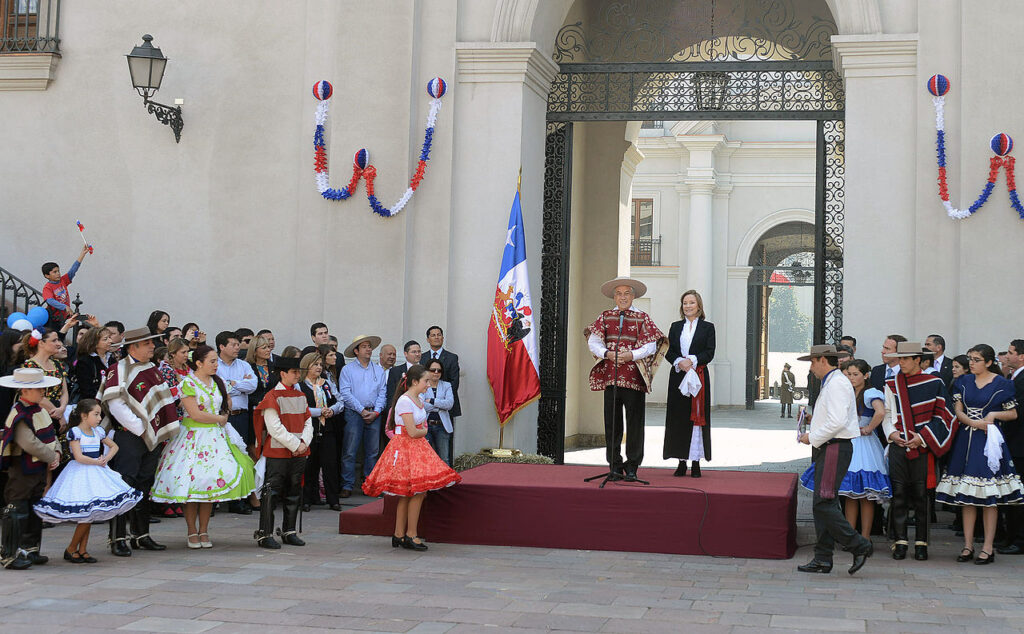
Chile’s Fiestas Patrias, celebrated in September, marks the country’s independence from Spain in 1810. This event, known for its patriotic spirit, is observed with large gatherings, traditional dances, and music. The most notable part of the celebration is the ramadas, or open-air parties, where people gather to dance cueca, Chile’s national dance. The food, including empanadas and asado (barbecue), is a big part of the festive experience.
Throughout the country, Chileans also celebrate with parades, concerts, and rodeos. In Santiago, the main park transforms into a large fairground with games, food, and entertainment. Fiestas Patrias is an important time for Chileans to come together and celebrate their national identity. For travelers, it offers a fantastic opportunity to immerse in local customs and Chilean pride.
Day of the Dead (Mexico)
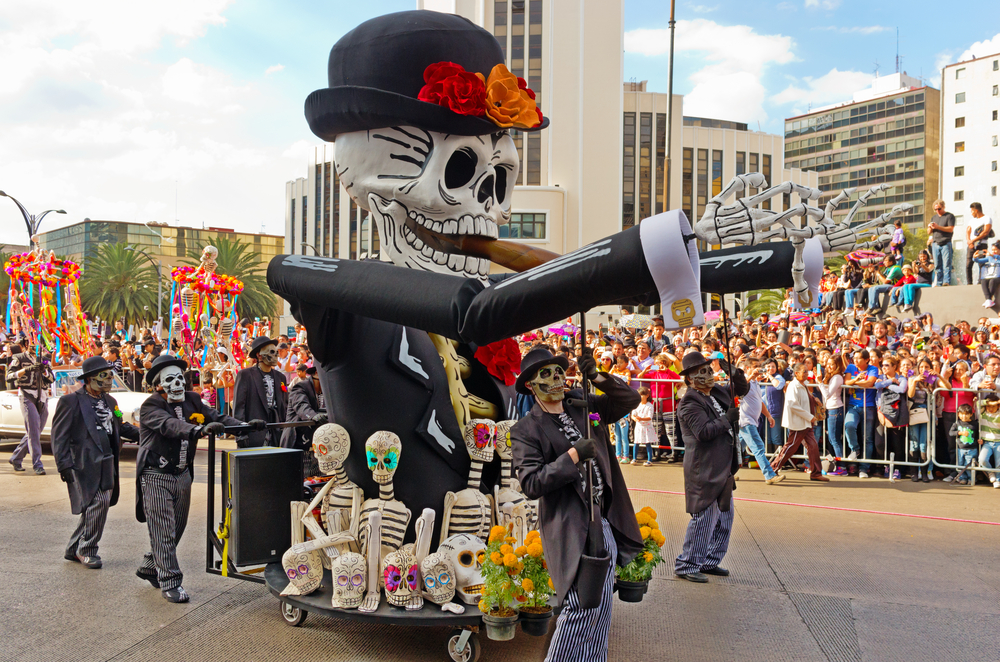
Although not exclusively South American, Mexico’s Day of the Dead, celebrated on November 1-2, is a vital part of Latin American culture. This ancient tradition dates back to pre-Columbian times, where Aztecs honored the spirits of the deceased. The festival is most famous for the colorful altars, or ofrendas, decorated with flowers, candles, and offerings. The vibrant parades and decorated skeletons bring the streets alive during this celebration.
The highlight of the Day of the Dead is visiting cemeteries to honor lost loved ones, where families create altars and leave food and gifts. In Oaxaca, the streets come alive with elaborate processions and dances. This festival blends ancient traditions with modern customs, making it a truly unique experience. Travelers will find that the cultural richness and emotional depth of this celebration offer a memorable glimpse into Mexican culture.
Parintins Folklore Festival (Brazil)

The Parintins Folklore Festival, held in June in the Amazon region, is one of Brazil’s most unique celebrations. It originated in the 1960s as a way to bring together indigenous and local communities through music and dance. The festival features two main competing teams, the Caprichoso and the Garantido, who perform elaborate shows inspired by local legends and myths. The highlight is the grand performance with massive floats, dancing, and fireworks that bring the story to life.
Visitors can enjoy the vibrant atmosphere, with costumes, local food, and music filling the air. The festival is a fusion of Amazonian culture, combining indigenous traditions with Afro-Brazilian influences. It is one of the most colorful and immersive celebrations in Brazil, drawing large crowds every year. For those looking to experience the heart of the Amazon, the Parintins Folklore Festival offers an unforgettable cultural experience.
Carnaval de Oruro (Bolivia)

The Carnaval de Oruro is one of the most important cultural events in Bolivia, with origins dating back to the 18th century. Celebrated every February, this carnival combines indigenous and Catholic traditions in a spectacular display of dance, music, and costumes. The most iconic part of the festival is the Diablada dance, where dancers wear intricate devil costumes and perform traditional rituals. This dramatic performance represents the battle between good and evil in Bolivian folklore.
Throughout the city, processions fill the streets, showcasing traditional Bolivian dances and music. The festival is recognized by UNESCO as a Masterpiece of the Oral and Intangible Heritage of Humanity. For travelers, it is a chance to experience the colorful fusion of Bolivian culture and religion. The Carnaval de Oruro is one of the best ways to understand Bolivia’s deep cultural roots and traditions.
Festival de la Candelaria (Peru)
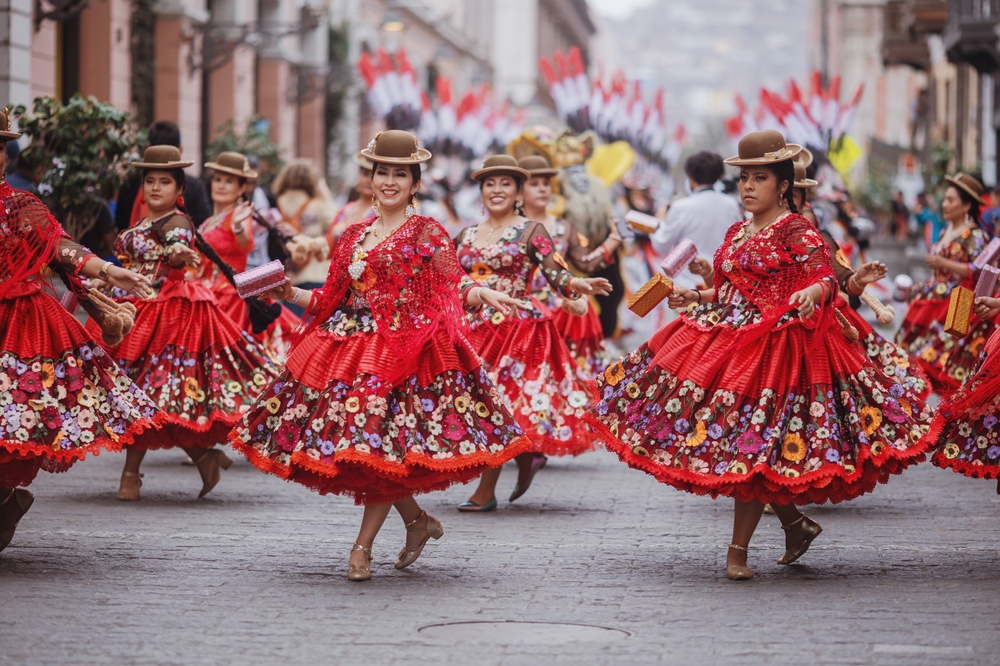
Held every February in Puno, Peru, the Festival de la Candelaria honors the Virgin of Candelaria, the patron saint of the region. This festival has been celebrated for over 400 years and includes vibrant parades, folk dances, and music. The most impressive part of the event is the massive dance competition, where thousands of dancers in elaborate costumes perform traditional Andean dances. The festival also features religious processions, making it a spiritual as well as cultural celebration.
The festival draws people from all over Peru and beyond, with groups of dancers traveling from distant towns to participate. Food and market stalls line the streets, offering a taste of local delicacies. The Festival de la Candelaria is one of the largest cultural events in South America, showcasing the diversity and richness of Andean traditions. It is a must-visit for anyone looking to explore Peru’s vibrant culture.
Fiesta de San Fermin (Spain)
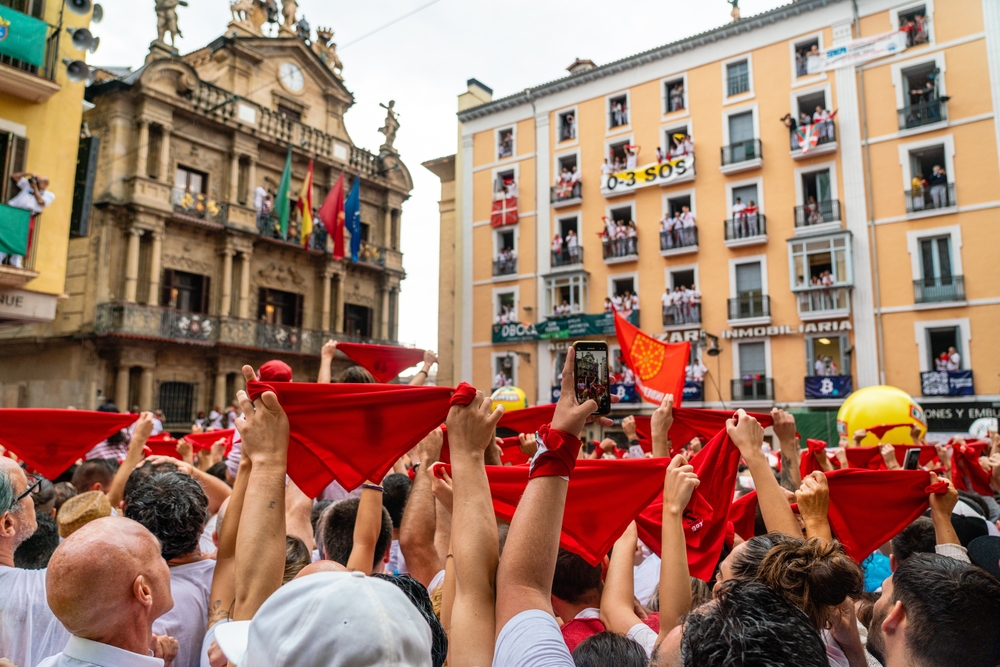
Though technically in Spain, the Fiesta de San Fermin is a festival that attracts people from across South America. Celebrated in July in Pamplona, this festival is best known for the famous running of the bulls. The event dates back to the 14th century and is part of a religious celebration in honor of Saint Fermin. The excitement and thrill of watching or participating in the bull run is the main draw for many visitors.
The festival includes parades, music, and fireworks, but the bull run remains the highlight. Participants run alongside the bulls through the streets of Pamplona, which is both thrilling and dangerous. It is a unique cultural experience that draws large crowds every year, offering a blend of tradition, excitement, and cultural significance. For travelers seeking adventure, the Fiesta de San Fermin provides an unforgettable experience.
Carnaval de Barranquilla (Colombia)

Carnaval de Barranquilla is one of the largest and most vibrant carnivals in South America, celebrated in February. This colorful festival dates back to the 19th century and combines elements of African, Indigenous, and Spanish cultures. The parade, known for its elaborate costumes, music, and dance, is the main event. Traditional dances like cumbia and mapalé fill the streets, making the carnival an unforgettable celebration.
The carnival features a wide variety of events, from concerts to street parties, where people of all ages join in the fun. It is recognized by UNESCO as part of the world’s intangible cultural heritage. For visitors, Carnaval de Barranquilla is an excellent opportunity to experience the energy and diversity of Colombia. The festival is a true reflection of the country’s rich cultural fusion.
Festival de las Ñatitas (Bolivia)
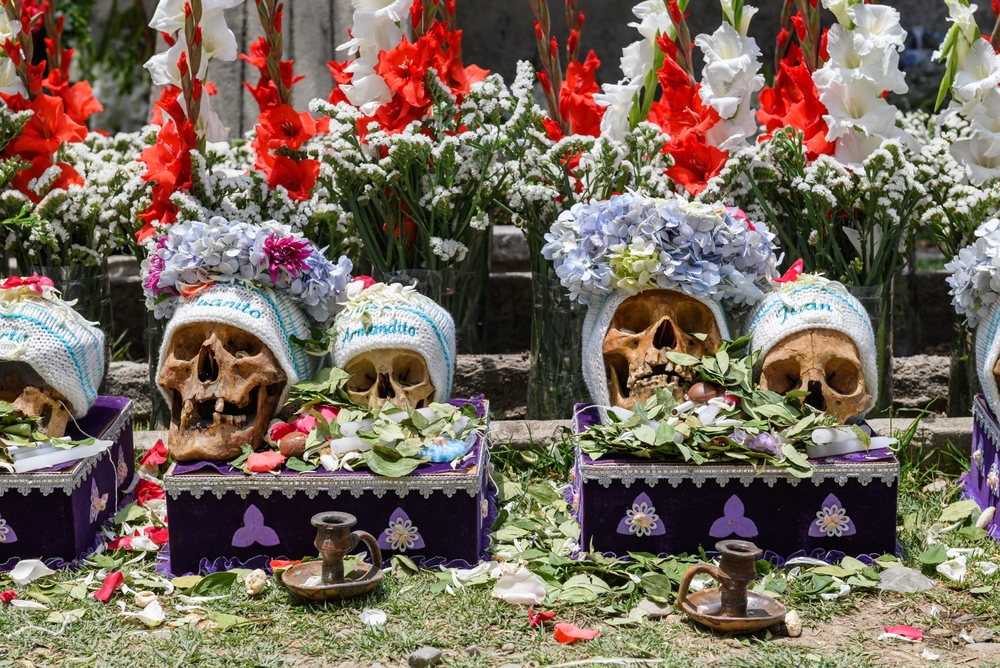
The Festival de las Ñatitas, held in November in La Paz, is a unique celebration honoring the spirits of the dead. This Bolivian festival dates back to pre-Columbian times and combines indigenous traditions with Catholic practices. The highlight of the festival is the display of human skulls, which are believed to hold the spirits of ancestors. Families bring their Ñatitas to the cemetery, where they decorate them with flowers, hats, and offerings.
The festival is deeply spiritual, with rituals that include prayers and songs for the spirits. It is a time to honor deceased loved ones and keep their memory alive. Visitors can observe the distinctive customs and gain insight into Bolivia’s rich history and spirituality. For travelers, the Festival de las Ñatitas offers a fascinating and meaningful cultural experience.
Festival Internacional de la Cancion de Viña del Mar (Chile)
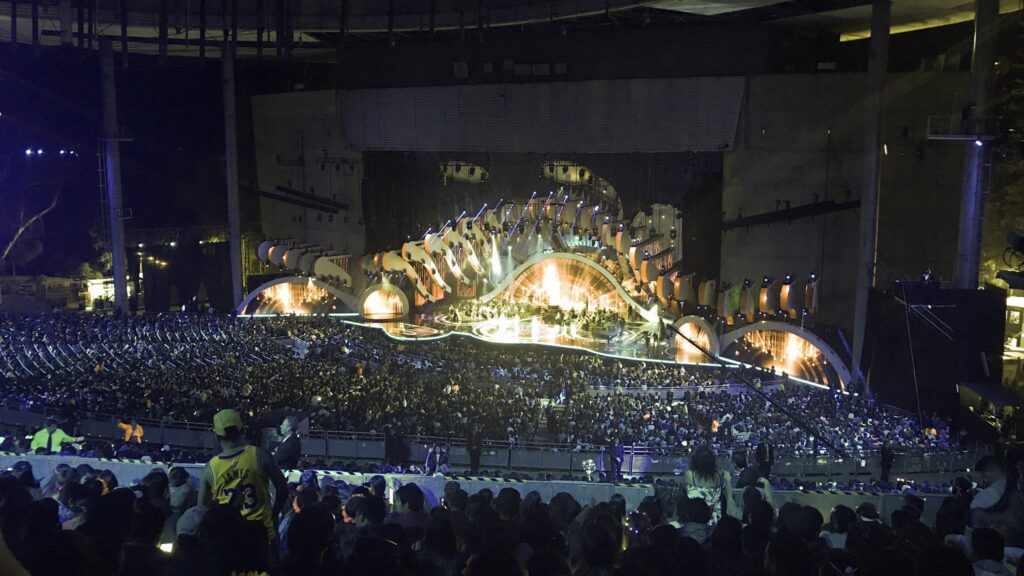
Held annually in February, the Festival Internacional de la Cancion de Viña del Mar is one of the most important music festivals in Latin America. This festival, which started in 1960, celebrates music from all over the world, with performances from famous artists and up-and-coming talents. The best part of the festival is the competition, where singers from various genres compete for the coveted Golden Seagull award. The festival is broadcast live and attracts thousands of fans from all over the world.
In addition to the music competition, the event includes concerts, parades, and cultural exhibitions. Viña del Mar, with its beautiful beaches, provides the perfect backdrop for this festival. It is a celebration of music, culture, and international friendship. Travelers can enjoy a unique combination of music, entertainment, and the stunning coastal scenery of Chile.
Fiesta del Sol (Argentina)
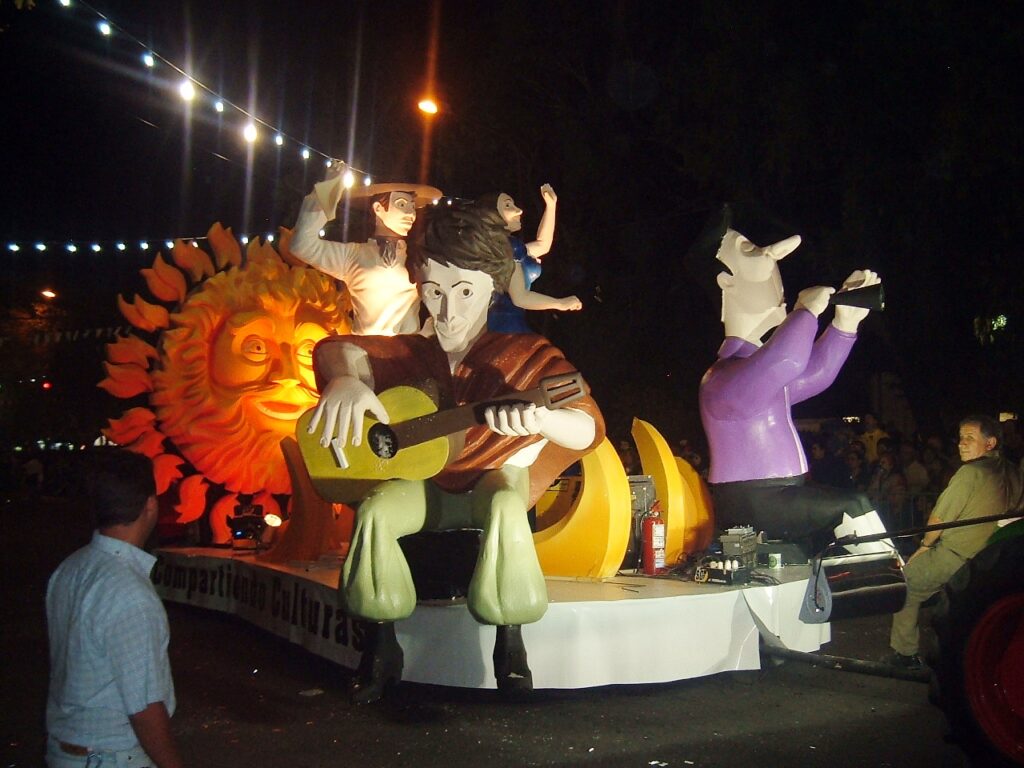
Fiesta del Sol, held in the city of San Juan every March, celebrates the harvest and the sun, which is vital to Argentina’s agricultural life. The festival has been celebrated since 1967 and is a vibrant mix of music, dance, and local culture. The most notable part of the festival is the crowning of the Sun Queen, a symbolic figure who represents the region’s agricultural importance. The festival also features parades, live music, and local food.
Throughout the event, visitors can experience performances from local bands and dance groups, creating a lively atmosphere. The city of San Juan becomes a gathering place for people from across the region to celebrate together. Fiesta del Sol offers a unique opportunity to explore Argentine traditions and enjoy its sunny, festive atmosphere. For travelers, it is an unforgettable cultural experience.
Attending these South American festivals provides travelers with the opportunity to experience the continent’s vibrant culture firsthand. From lively parades to traditional dances, each festival offers something unique and memorable. These events bring people together to celebrate history, music, and local customs, making them an essential part of any travel experience.
This article originally appeared on Avocadu.
